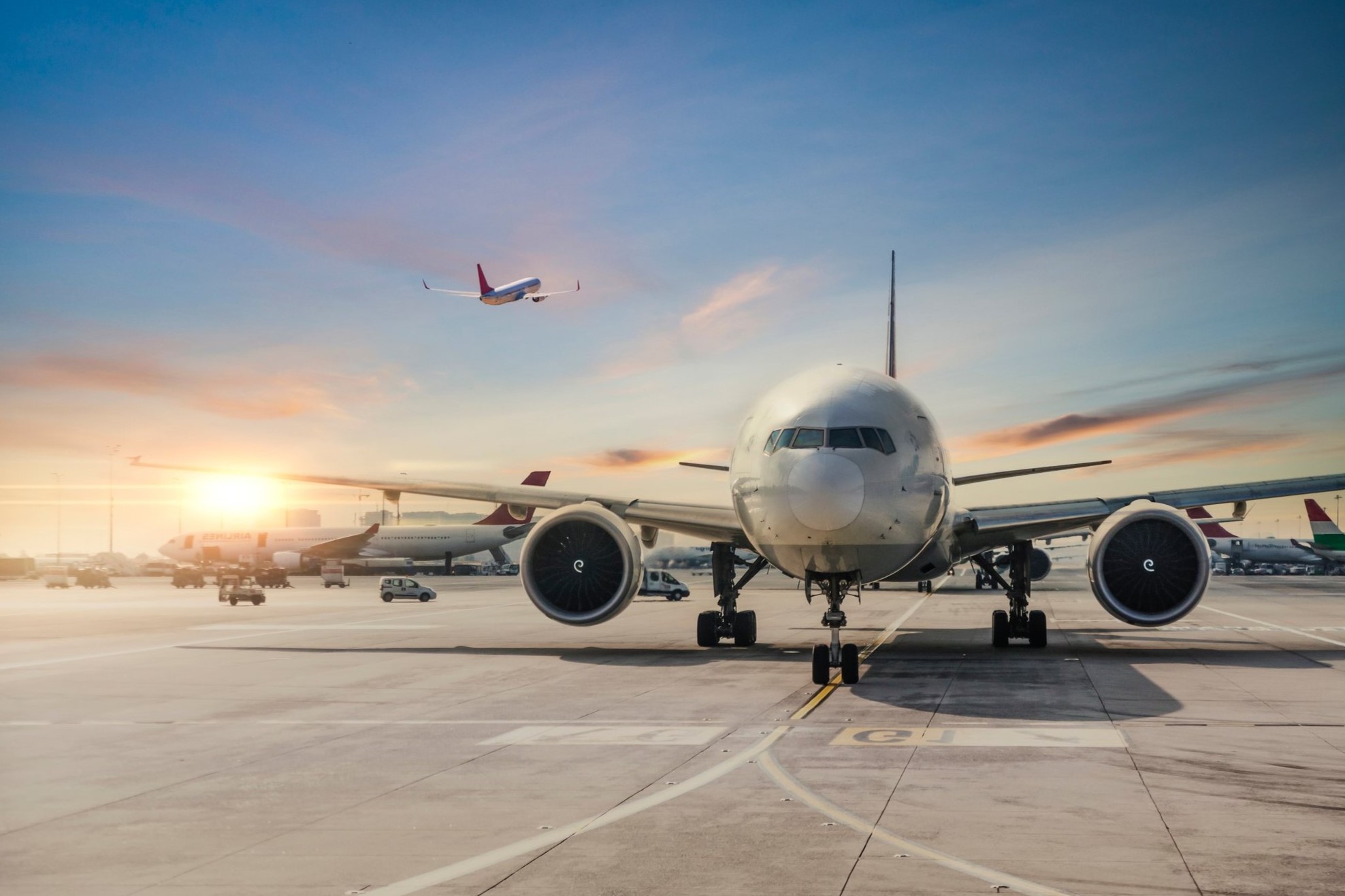
How does the airline industry ensure safety and compliance with regulations? The airline industry ensures safety and compliance through rigorous standards and constant oversight. Regulatory bodies like the Federal Aviation Administration (FAA) and the International Civil Aviation Organization (ICAO) set strict guidelines. Airlines must adhere to these rules, covering everything from pilot training to aircraft maintenance. Regular audits, inspections, and certifications keep airlines in check. Technology also plays a crucial role, with advanced systems monitoring flights in real-time. Safety protocols are continually updated based on new data and incidents. This multi-layered approach ensures that flying remains one of the safest modes of transportation.
Key Takeaways:
- Airline industry regulations ensure safety, security, and efficiency in air travel. Organizations like ICAO and FAA set global standards for aviation, while EASA oversees safety in Europe.
- Airlines must adhere to strict safety, security, and environmental regulations. From aircraft maintenance to passenger screening, these measures aim to keep air travel safe and sustainable.
Understanding Airline Industry Regulatory Compliance
The airline industry is one of the most heavily regulated sectors in the world. These regulations ensure safety, security, and efficiency in air travel. Here are some fascinating facts about airline industry regulatory compliance.
-
International Civil Aviation Organization (ICAO): ICAO sets global standards for aviation safety, security, efficiency, and environmental protection. Countries adopt these standards to ensure uniformity in international air travel.
-
Federal Aviation Administration (FAA): In the United States, the FAA regulates all aspects of civil aviation. This includes aircraft manufacturing, pilot training, and air traffic control.
-
European Union Aviation Safety Agency (EASA): EASA oversees aviation safety in Europe. It develops common safety and environmental rules for member states, ensuring a high level of safety across the continent.
Safety Regulations
Safety is the top priority in the airline industry. Various regulations are in place to ensure that every flight is as safe as possible.
-
Aircraft Maintenance: Airlines must adhere to strict maintenance schedules. Regular inspections and repairs are mandated to keep aircraft in top condition.
-
Pilot Training: Pilots undergo rigorous training and must pass regular proficiency checks. They also need to meet specific medical standards to ensure they are fit to fly.
-
Emergency Procedures: Airlines must have detailed emergency procedures. Crew members receive extensive training to handle various emergency situations, from medical emergencies to evacuations.
Security Measures
Security regulations protect passengers, crew, and aircraft from threats. These measures have become even more stringent in recent years.
-
Passenger Screening: All passengers must go through security screening before boarding. This includes checks for prohibited items and identity verification.
-
Baggage Screening: Both checked and carry-on baggage are screened for dangerous items. Advanced technology like X-ray machines and explosive detection systems are used.
Environmental Regulations
The airline industry also faces regulations aimed at reducing its environmental impact. These rules help minimize the industry's carbon footprint.
-
Emissions Standards: Airlines must comply with emissions standards set by organizations like ICAO and EASA. These standards limit the amount of pollutants that aircraft can emit.
-
Noise Regulations: Aircraft must meet noise standards to reduce the impact on communities near airports. These regulations often require airlines to use quieter, more modern aircraft.
Final Thoughts on Airline Industry Compliance
Understanding airline industry regulatory compliance is crucial for anyone involved in aviation. From safety standards to environmental regulations, airlines must navigate a complex web of rules. These regulations ensure passenger safety, protect the environment, and maintain fair competition. Compliance isn't just about following rules; it's about fostering trust and reliability in air travel. Airlines invest heavily in training, technology, and processes to meet these standards. This commitment not only keeps flights safe but also enhances the overall travel experience. Next time you board a plane, remember the extensive efforts behind the scenes to ensure your journey is safe and smooth. Staying informed about these regulations can give you a deeper appreciation for the industry and its dedication to excellence. So, whether you're a frequent flyer or just curious, knowing these facts can make your next flight more meaningful.
Frequently Asked Questions
Was this page helpful?
Our commitment to delivering trustworthy and engaging content is at the heart of what we do. Each fact on our site is contributed by real users like you, bringing a wealth of diverse insights and information. To ensure the highest standards of accuracy and reliability, our dedicated editors meticulously review each submission. This process guarantees that the facts we share are not only fascinating but also credible. Trust in our commitment to quality and authenticity as you explore and learn with us.


